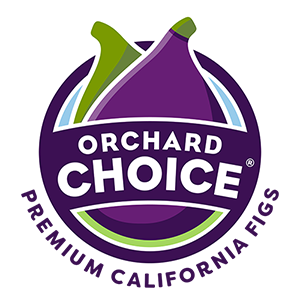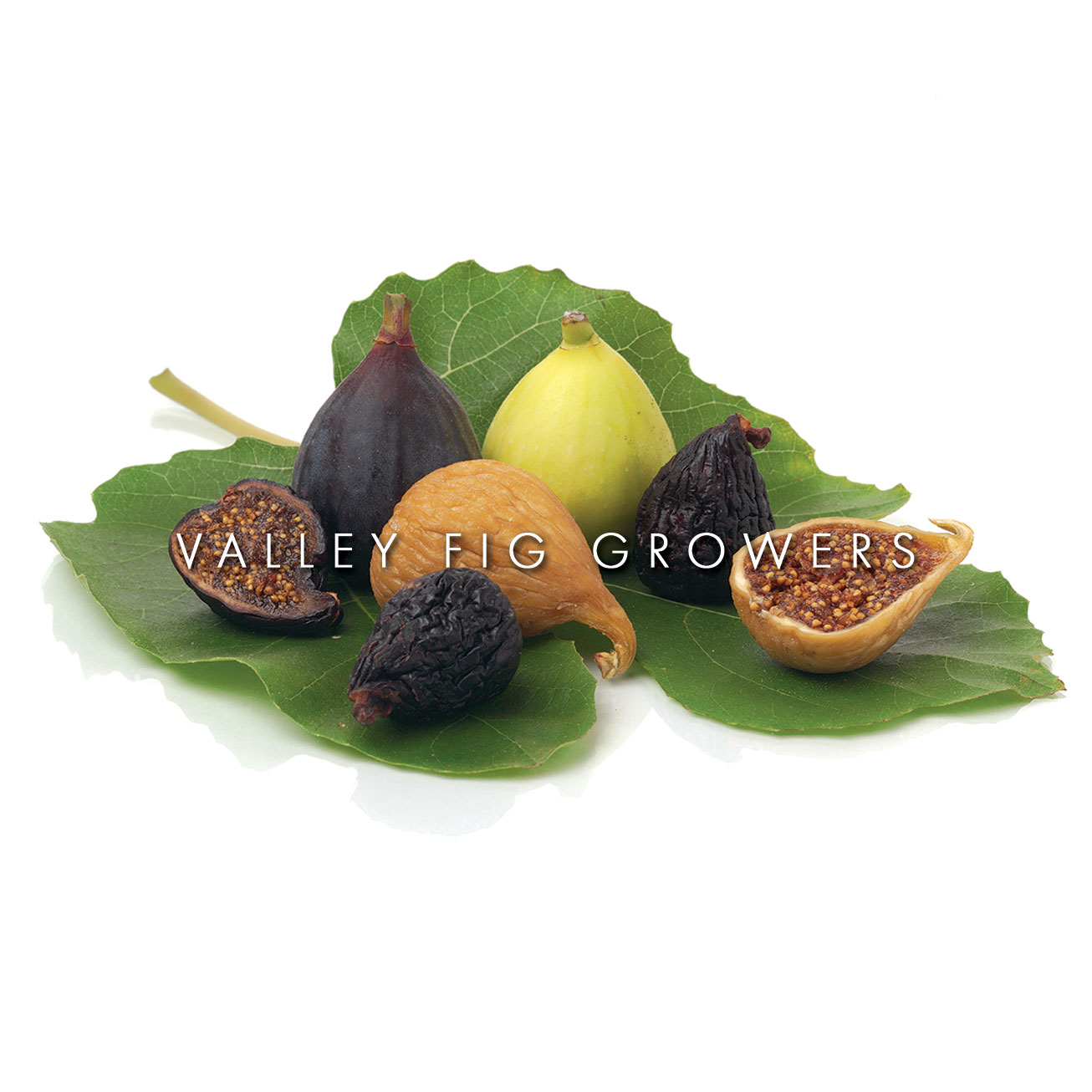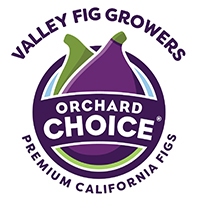Our Growers – Doing What They Do Best
Meet Paul Mesple Chairman of the Board of Valley Fig Growers
Paul is a third generation fig grower for Valley Fig Growers, following in the footsteps of his father and grandfather. He’s passionate about growing figs and is an ardent supporter of the grower owned cooperative.
History of Valley Fig Growers
The best dried figs come from California. Located in the fertile San Joaquin Valley, our fig-grower owned cooperative is one of the largest handlers of figs in North America. Whether you’re using our dried figs or fig products in a commercial kitchen or enjoying our dried figs at home, the benefits of dried figs are many. You can find them in your favorite store or online, under the brands: Orchard Choice, Sun-Maid, Orchard Choice and Blue Ribbon. You can count on California Figs.
Our figs are always GMO-Free, vegan friendly, and packed with nutrition. Whether you enjoy our figs for their nutritional powerhouse reputation, their wonderful taste, or their reputed aphrodisiac qualities, we know you’ll be back for more.
Our Brands
Orchard Choice
Valley Fig Growers' Orchard Choice California Figs are part of California's rich history of agriculture in the fertile San Joaquin Valley. Our grower owned cooperative has been packing delicious, nutritious California Figs since 1959.
Sun-Maid
Sun-Maid, America's Favorite Raisin, is also known for its full line of dried fruit products. We're proud of our Sun-Maid Mission and Calimyrna California Figs, part of the line of high quality products that makes Sun-Maid The Brand You Can Trust.
Growing & Processing
The soil and climate in the San Joaquin Valley are ideal for growing figs. Figs thrive in the Valley’s hot, dry summer sun and rest in the cool, wet winters of the Central Valley of California
New plantings of fig trees reach bearing age at 5-7 years. Fig trees have tremendous longevity; some trees planted at the onset of California’s commercial fig production are still actively bearing fruit today, over 100 years later.
Most of the activity in the orchards begins in May as the fruit appears on the tree and culminates in October when the final “picking” of the dried fruit is completed. For Valley Fig Growers however, fig production is a year-round business. We are continually preparing the soil, monitoring irrigation and pruning the trees for maximum yields from their orchards.
Unlike other tree fruits or nuts, fig trees have no blossoms on their branches; the flowers are inverted and actually develop inside the fruit. These many tiny flowers produce the crunchy little seeds which give figs their unique texture.
Growing Figs
California Figs have two harvest seasons. The first crop, minor in production, matures in late June and is typically used for fresh figs. This dried fig has a longer stem and is used almost exclusively for fig paste. The second crop ripens later in the summer with the other fig varieties and produces upwards of 90% of the total crop
Processing
The California Fig Industry requires that all incoming deliveries be 100% sampled, i.e. a sample is drawn from each bin to determine if the fruit meets all incoming standards established by the State of California Marketing Order for dried figs.
Only when a grower’s delivery meets the incoming standard will the fruit be allowed to be processed. Valley Fig Growers’ extensive cold storage facilities help maintain the product’s quality from time of receipt to when it’s actually packed.
Upon delivery to Valley Fig Growers, all fruit meeting the high quality standards required for whole fig usage is segregated and size graded.
The dried figs are washed and processed bringing their moisture content up from the 14-20% as delivered, to a moisture content as high as 31% which make our figs plump, moist and delicious.
The fruit then travels through at least 2 more “sorts” to remove blemished fruit and is then assigned a final home in either the popular retail forms of bags or trays; bulk fig in 30 pound cases, or ingredient forms of diced, pastes and concentrates.
Dried figs destined for our domestic consumer packages and most bulk fig customers are treated with potassium sorbate to inhibit yeast (fermentation) and mold growth. In order to preserve the beautiful amber color of our Golden figs, sulfur dioxide is added, although at much lower levels than is customary for other dried fruits such as apricots, peaches, pears or apples. Valley Fig Growers also offers organic and non-treated figs.
Orchard Choice and Sun-Maid brand figs are either shipped direct from our Valley Fig Growers facility or are shipped to Sun-Maid Growers of California for consolidation with Sun-Maid products. Packaged figs are also stored at remote warehouses to enhance customer service.
Quality Assurance
Valley Fig Growers Quality Control staff ensures that the highest possible quality standards are met.
Valley Fig Growers has been diligently practicing food safety and is proud to be British Retail Consortium (BRC) certified, the gold standard of food safety and inspection
Valley Fig also boasts the only micro-biological lab in the California fig industry, giving us instant access to more in-depth analysis of our products to ensure the finest in quality.
Valley Fig is a member of the Dried Fruit Association of California (DFA), which acts as the independent inspection service governing plant sanitation and Good Manufacturing Practices (GMP’s) to ensure quality fig products.
As a result of our rigorous quality assurance program, our outgoing standards for all of our fig products meet or exceed U.S. Department of Agriculture and U.S. Department of Food and Drug Administration standards.





